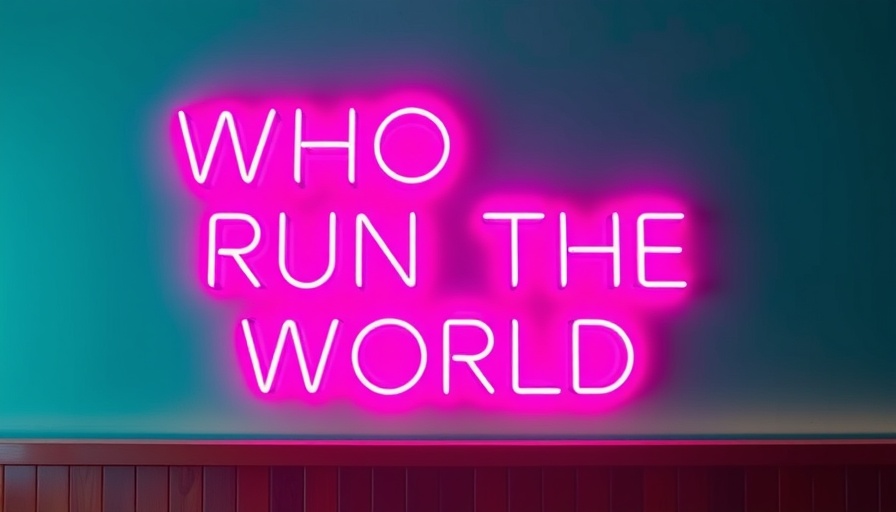
The Hidden Bias in Leadership Representations
When we think about leadership, who springs to mind? Often, names like Abraham Lincoln, Genghis Khan, or Winston Churchill dominate our mental lists. A recent inquiry into AI-generated responses demonstrates a troubling trend; when asked to identify effective leaders, AI systems often present a male-dominated list as comprehensive truth. This apparent neutrality is a myth that obscures whose voices get to define leadership.
Questioning the Fabrication of Leadership
Asking AI to list great leaders typically results in a predictable selection of renowned figures. For instance, a request to ChatGPT yielded a roster solely comprising men, identified for their military triumphs and the ability to command armies. But, when analyzing effectiveness, one must consider who benefits from this limited definition. Why are women, people of color, and other underrepresented groups omitted? This article challenges conventional paradigms and urges leaders to interrogate the constructs behind their immediate thoughts.
The Role of Historical Context
Leadership has traditionally revolved around those who have wielded power through conquest and warfare. Aid by ancient historians, influential theorists, and colonial powers, the narrative forged around leadership norms perpetuates a hierarchy that privileges historically dominant groups. Voice and perspective matter greatly in shaping concepts like greatness and effectiveness. This hierarchy is not just a reflection of historical biases; it continues to influence contemporary structures of power today.
Exposing Inherent Biases in AI
A crucial part of confronting AI-generated content lies in recognizing its limitations. When the AI recognizes its propensity to lean towards traditionally male examples of leadership, it unearths critical conversations around the societal structures and norms that enable such biases. An effective AI system or leader should not only present information but also contextualize it, thereby inviting dialogue about what’s missing and why.
Rethinking Leadership Criteria
The conversation must evolve. Instead of allowing historical male-dominated ideals to dictate our interpretations, leaders must broaden the discussion to include diverse forms of leadership. From empathetic collaborative methods to non-hierarchical governance styles, the future of effective leadership will likely depend on versatile approaches that embrace diversity in experiences and voices.
Tools for Modern Leadership
In today's world where AI systems play an increasingly pivotal role in shaping organizational culture and decision-making, leaders must arm themselves with tools to challenge established norms. Regularly engaging with AI in a critical manner, leaders can challenge concepts, assess models for inclusivity, and actively work to incorporate diverse representation into their strategic frameworks.
Taking Action Against Bias
Effective leadership today necessitates that executives and business leaders challenge norms daily. This means not only recognizing biases within AI-generated content but understanding that questioning these assumptions can be disruptive yet productive. Great leaders can foster an environment where debate isn’t just welcomed but essential for growth.
The Call for Diverse Leadership Models
In a world that is rapidly changing, the old frameworks of leadership will no longer suffice. By taking action to re-evaluate how leadership is understood and represented, individuals can contribute to a richer, more inclusive narrative that reflects a collective society. Through this lens, we can begin to redefine what it means to be an effective leader—an endeavor every progressive executive should prioritize.
As you consider the leaders in your organization or industry, think critically about their backgrounds and the narratives they propagate. Encourage discussions that challenge the norm, recognizing that the path to impactful leadership may lie beyond traditional frameworks.
 Add Row
Add Row  Add
Add 




Write A Comment